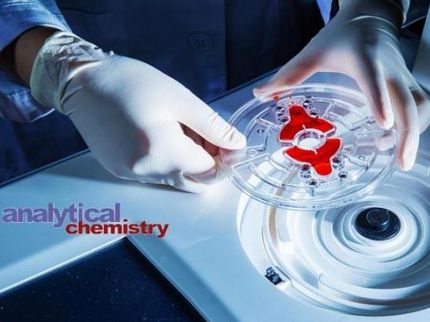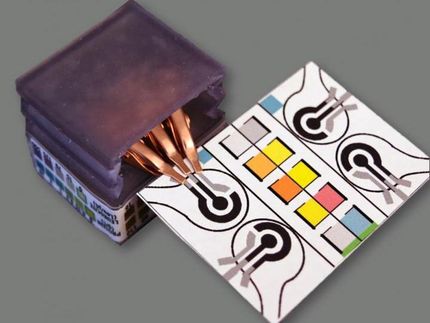Tuberculosis vaccines, drugs and diagnostics under development expected to have major impact one the disease
Advertisement
The latest drug regimens, vaccines and diagnostic tools under development to combat tuberculosis could have a potentially large impact on the disease once they become available, according to research findings published in the Proceedings of the National Academy of Sciences.
Using a mathematical model that examined TB in Southeast Asia, a region with a large proportion of TB cases worldwide, researchers in the Vaccine and Infectious Disease Institute at Fred Hutchinson Cancer Research Center found that the incidence of the disease could be reduced between 13 percent and 71 percent by 2050, depending upon the type of interventions used and whether they are implemented singly or in combination.
The study was led by M. Elizabeth "Betz" Halloran, M.D., D.Sc., a member of the Hutchinson Center’s Public Health Sciences Division and professor of biostatistics at the University of Washington, and directed by Laith Abu-Raddad, Ph.D., an assistant member of the Hutchinson Center’s Public Health Sciences Division and a visiting assistant professor of public health at Weill Cornell Medical College in Qatar.
Halloran and colleagues examined the expected benefits of implementing the new TB tools developed with support from the Bill & Melinda Gates Foundation. They chose to apply their modeling to the 11-country Southeast Asia region as defined by the World Health Organization (Bangladesh, Bhutan, Democratic People’s Republic of Korea, India, Indonesia, Maldives, Myanmar, Nepal, Sri Lanka, Thailand and Timor-Leste) because it already has successful TB-intervention programs.
"Our results demonstrate that each of the novel vaccines, drug regimens and diagnostics currently under development offers substantial reductions in TB incidence and TB-related mortality compared with current approaches," said Abu-Raddad, the study’s first author. "Were these technologies used in combination, there would be an additional powerful synergistic effect," he said.
Some of the study's key findings:
- Vaccination of newborns with the vaccine under development by the Aeras Global TB Vaccine Foundation could decrease TB incidence by 39 percent to 52 percent by 2050.
- The Global Alliance for TB Drug Development is working on new drug regimens that shorten treatment duration and are effective against drug-resistant TB strains which could reduce TB incidence 10 percent to 27 percent.
- The Foundation for Innovative New Diagnostics New leads the effort on new diagnostic tools that could reduce TB incidence by 13 percent to 42 percent. Diagnostics and treatment go hand-in-hand because new diagnostic tests have an epidemiological effect by moving people to treatment more rapidly. The three diagnostic methods examined in the study achieve their improvements in TB incidence and mortality fairly rapidly. The four-month, two-month, and 10-day novel active disease treatment regimens produce 10 percent, 23 percent, and 27 percent reductions in TB incidence by 2050 compared to 2015.
- In combination, the triple application of vaccination, new drugs and diagnostics the products could prevent 55.3 million cases and lower TB incidence by 71 percent (to 509.2 cases per million) by 2050, far more than any of the individual approaches.

















































